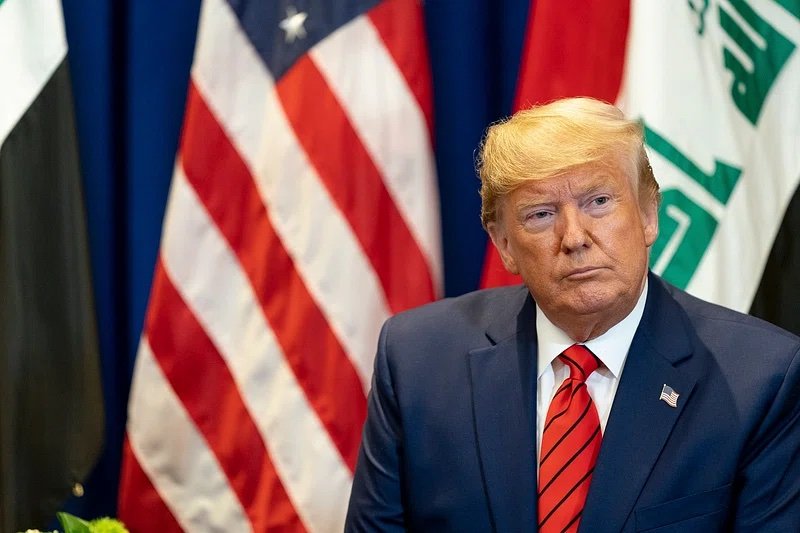The recent imposition of tariffs by former U.S. President Donald Trump has sparked significant debate worldwide. While the primary objective behind these tariffs was to boost American manufacturing and job creation, the broader economic implications suggest potential long-term damage to both U.S. businesses and the global economy. This article provides a detailed analysis of the effects of these tariffs, their historical precedents, and the possible repercussions for different industries.
The Rationale Behind Tariffs
Trump’s administration introduced tariffs on various goods, particularly focusing on imports from China, Mexico, and Canada. The justification for these tariffs was:
- Reducing Trade Deficit: By discouraging imports, the U.S. hoped to balance trade relations.
- Encouraging Domestic Manufacturing: Higher tariffs on foreign goods were meant to make U.S.-made products more competitive.
- Protecting National Security: Tariffs on steel and aluminum were implemented under national security justifications.
USA to Sell F-35 Fighter Jets to India! | China & Pakistan Worried
Historical Context: A Self-Inflicted Economic Wound?
Economic history suggests that protectionist policies often backfire. A similar scenario unfolded in India before 1991 when protectionist policies led to sluggish economic growth. After economic liberalization, India experienced a significant rise in GDP, showcasing the benefits of open trade.
A closer look at Trump’s 2018 tariffs on steel and aluminum further highlights the potential pitfalls:
- Steel production declined by 3.6%, and aluminum production dropped by 32% (Bloomberg report).
- Job losses outweighed job gains: While 1,000 new jobs were created in the steel sector, industries dependent on steel and aluminum, such as automobile and consumer goods, suffered an estimated 75,000 job losses due to increased material costs.
- Higher consumer prices: As raw material costs rose, product prices increased, reducing consumer purchasing power.
Industry-Specific Impact
1. Automobile Industry
- Automakers such as General Motors faced an additional $110 million daily burden due to increased steel prices.
- Estimated $40 billion annual loss across the sector.
- U.S. auto manufacturers had to cut down international inventory by 30-40% anticipating future price hikes.
2. Small Businesses
- Already struggling with tight profit margins, small businesses faced an additional cost burden, making survival difficult.
- Many were unable to absorb increased costs and had to reduce operations or shut down.
3. Consumer Goods
- Companies like Coca-Cola were forced to switch from aluminum cans to plastic bottles to cut costs, increasing environmental concerns.
- Higher steel prices led to more expensive household appliances and electronics, dampening consumer demand.
4. Agricultural Sector
- Retaliatory tariffs from China and other countries led to reduced U.S. agricultural exports.
- Farmers suffered financial losses as they could not access their traditional markets.
The Global Repercussions
Tariffs do not just affect the U.S.; they trigger worldwide trade conflicts. Other countries imposed retaliatory tariffs, further escalating tensions. The European Union, China, Canada, and Mexico introduced countermeasures, affecting industries dependent on global trade.
Will Europe Declare an Emergency Over the Trump-Putin Meeting?
Conclusion
Donald Trump’s tariff strategy aimed at strengthening the U.S. economy might have had short-term gains but posed significant long-term risks. The approach of protectionism often leads to inefficiencies, stifles innovation, and harms industries reliant on international supply chains. Instead of boosting growth, tariffs could ultimately weaken the very economy they were meant to protect. Policymakers must weigh the broader implications of trade restrictions and consider collaborative global trade practices to sustain economic growth.
